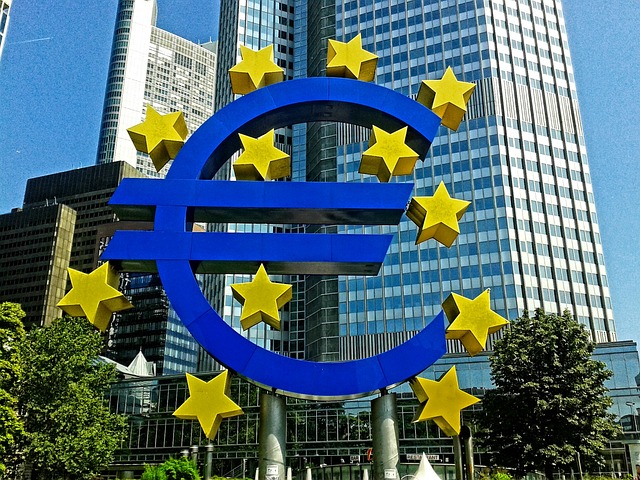ECB: de commentaren van ASI, LGIM, Monex en DWS op het ECB beleid
ECB: de commentaren van ASI, LGIM, Monex en DWS op het ECB beleid

Onderstaand de commentaren van Hetal Mehta, Senior European Economist bij vermogensbeheerder Legal & General Investment Management (LGIM), Gerry Fowler, beleggingsstrateeg bij vermogensbeheerder Aberdeen Standard Investments (ASI), Bart Hordijk, valuta-analist bij Monex Europe en Ulrike Kastens, econoom bij DWS, op de de uitkomsten van de ECB-vergadering van donderdagmiddag.
Hetal Mehta, Senior European Economist at Legal & General Investment Management (LGIM), on the ECB monetary policy meeting:
'The ECB might have disappointed those looking for an immediate rate cut after the spate of weak sentiment data, but their statement of intent is clear: easing is coming, and soon. A tiered deposit rate, more QE and rate cuts are all options on the menu; Draghi and the rest of the Governing Council are trying to show that they have not run out of tools. Shoring up their credibility is clearly a key priority and they cannot deny any longer that inflation expectations are anchored.'
Gerry Fowler, beleggingsstrateeg bij vermogensbeheerder Aberdeen Standard Investments (ASI):
'Draghi and the ECB have made a habit of dovishly surprising markets in recent years - but they couldn’t manage it today. Rates weren’t cut further into negative territory but this is still likely in September. Asset purchases may be coming too. Markets so far haven’t moved much on the news with the euro and bund yields modestly lower. This means the bar is not quite as high as it might have been for the Fed next week. We expect them to cut rates there but easing from the ECB and a weaker euro today would have made it more difficult for Powell to avoid a renewed tweet-storm or the potential for outright USD intervention from President Trump.'
Ulrike Karsten, econoom bij DWS :
The ECB now rules nothing out. The European Central Bank announces a major package of measures. Delivery is likely to be in September.
Although the European economy still seems pretty good, leading indicators and the international trade conflict have clouded the outlook. That was how the ECB President, Mario Draghi, summed up the situation at Thursday's ECB meeting. And the less than positive German Ifo figures released today tend to support the view that the prospects are a bit less bright. With economic risks growing and inflation set to remain below target for the foreseeable future, the central bank is impelled to take action. And we expect it to do so on a large scale, with interest rate cuts for the deposit rate, a tiering system for the use of the deposit facility, a further extension of forward guidance and the relaunch of an asset purchase program.
In our opinion, the announcement of this catalogue of measures and the emphasis that 2 percent is a symmetrical inflation target indicate that even looking ahead to the longer term no normalisation of monetary policy can be seen. However, we doubt whether these measures will be sufficient to generate a significant economic boost. Not least because it is also the global economy that is dragging on Europe. In addition, Draghi stressed once again that politics, whether through structural reforms or fiscal measures, has its role to play.
Overall, the ECB therefore confirms our view that the low interest rate environment will remain with us for a very long time to come. With all its advantages, and all its risks.
